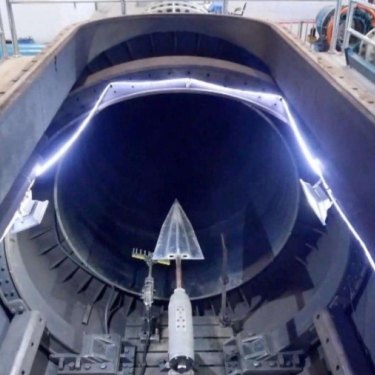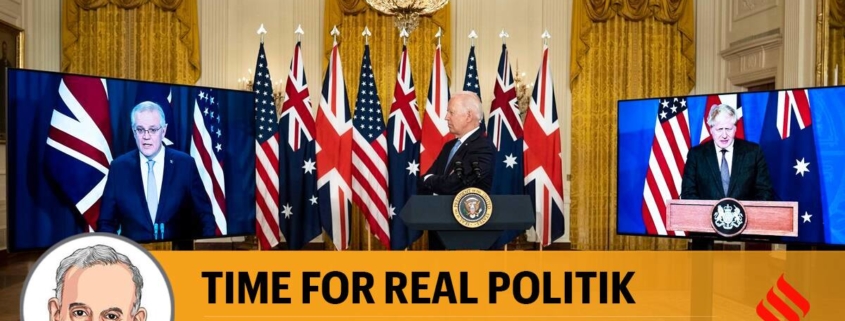AUKUS Defense Ministers Meeting Joint Statement > U.S. Department of Defense > Release
Secretary of Defense Lloyd J. Austin III hosted the Honourable Richard Marles MP, Deputy Prime Minister and Minister for Defence, Australia, and the Right Honourable Grant Shapps, Secretary of State for Defence, United Kingdom, at the Defense Innovation Unit Headquarters in California today to discuss the AUKUS enhanced defense and security partnership.
For more than a century, the three nations have stood shoulder-to-shoulder, along with other allies and partners, to help sustain peace, stability and prosperity around the world. The Secretaries and Deputy Prime Minister acknowledged that, in the face of an evolving security environment, AUKUS presents a generational opportunity to modernize and enhance longstanding partnerships and cooperation to address global security challenges and contribute to stability and prosperity in the Indo-Pacific region and beyond. The Secretaries and Deputy Prime Minister reaffirmed that at the core of this partnership is the shared resolve to bolster security and stability and ensure that the Indo-Pacific remains a region free from coercion and aggression.
For Australia’s acquisition of conventionally armed, nuclear-powered submarines (Pillar I), AUKUS partners are collaborating to deliver this capability at the earliest possible date while upholding the highest nuclear non-proliferation standard. For Advanced Capabilities (Pillar II), AUKUS partners are substantially deepening cooperation on a range of security and defense capabilities, making sure that each nation has the capabilities needed to defend against rapidly evolving threats. Through these efforts, AUKUS contributes to integrated deterrence by pursuing layered and asymmetric capabilities that promote increased security and stability.
The Secretaries and Deputy Prime Minister reaffirmed the three nations’ commitment to maximize the strategic and technological advantage of AUKUS by combining national strengths and pooling resources to deliver game-changing capabilities. They agreed that advancing AUKUS requires continued commitment to streamlining defense trade controls and information-sharing while minimizing policy and financial barriers across public and private…






